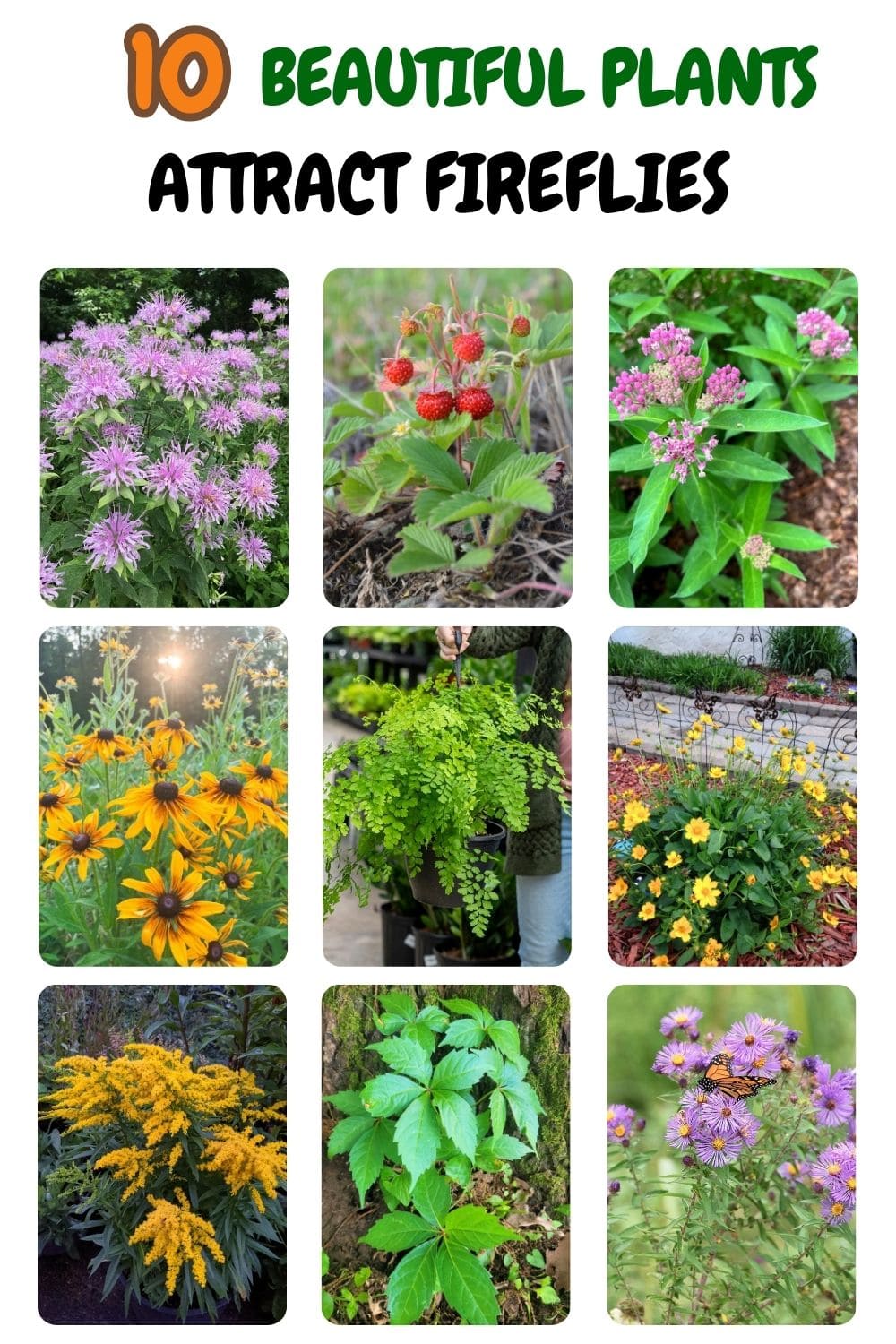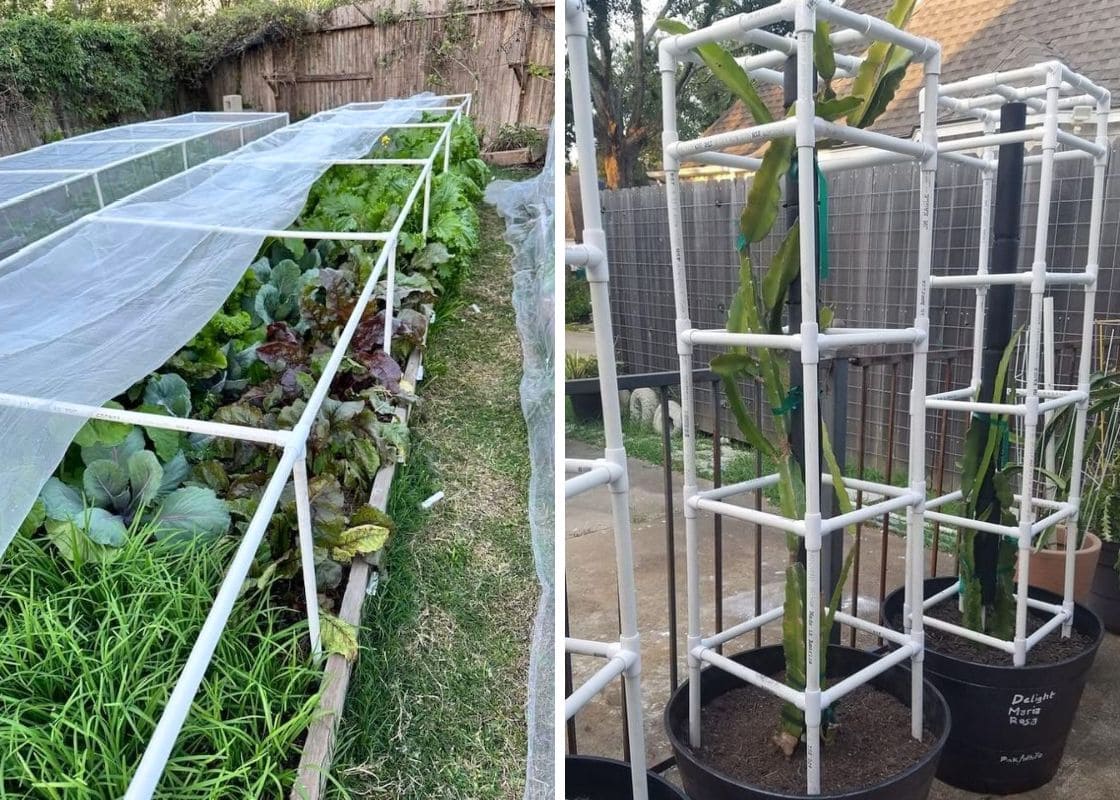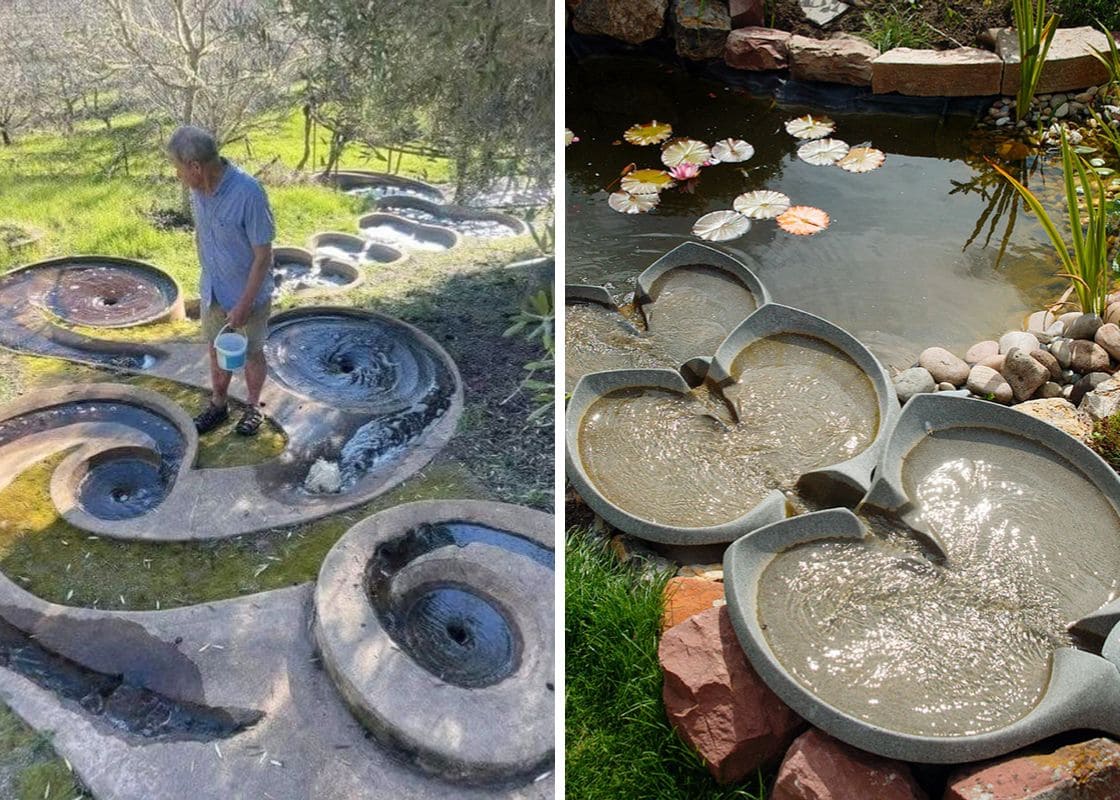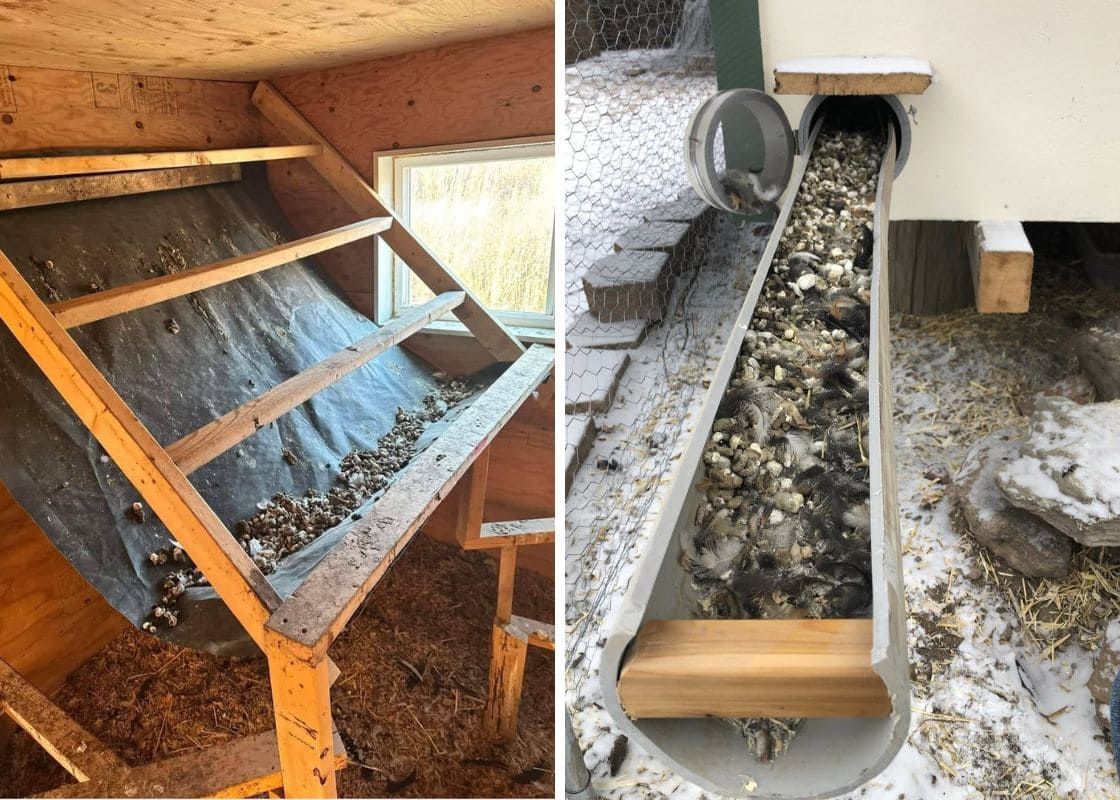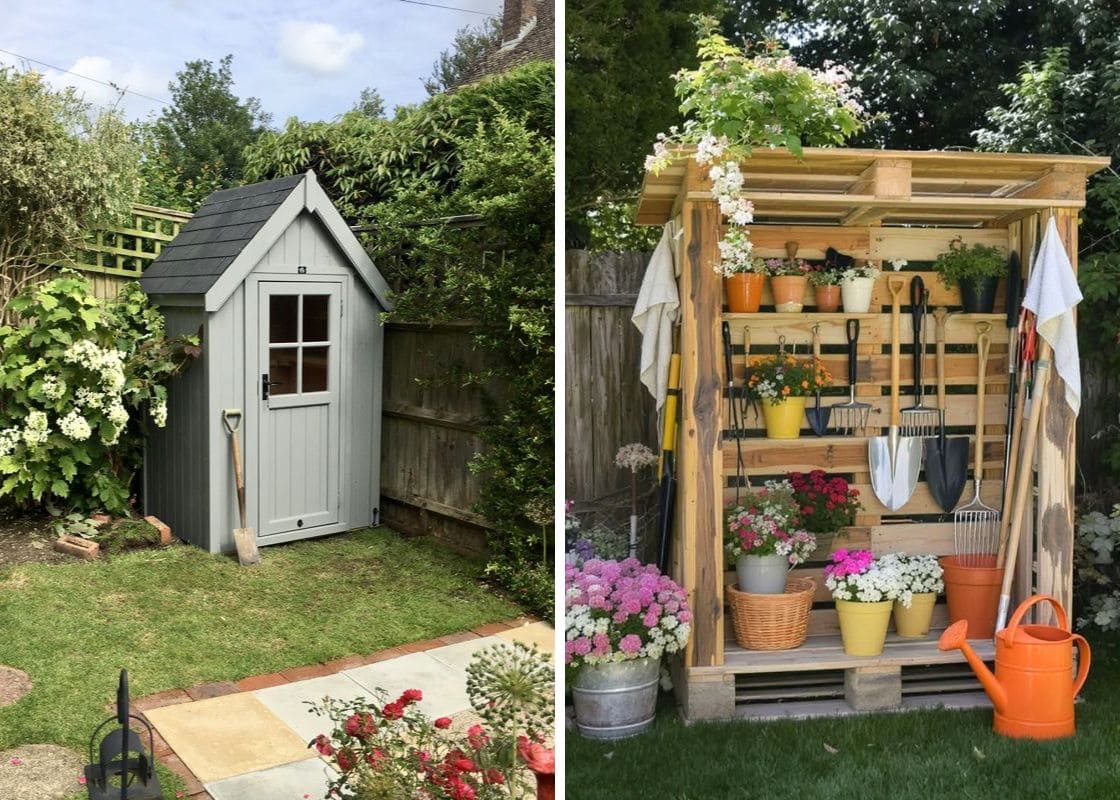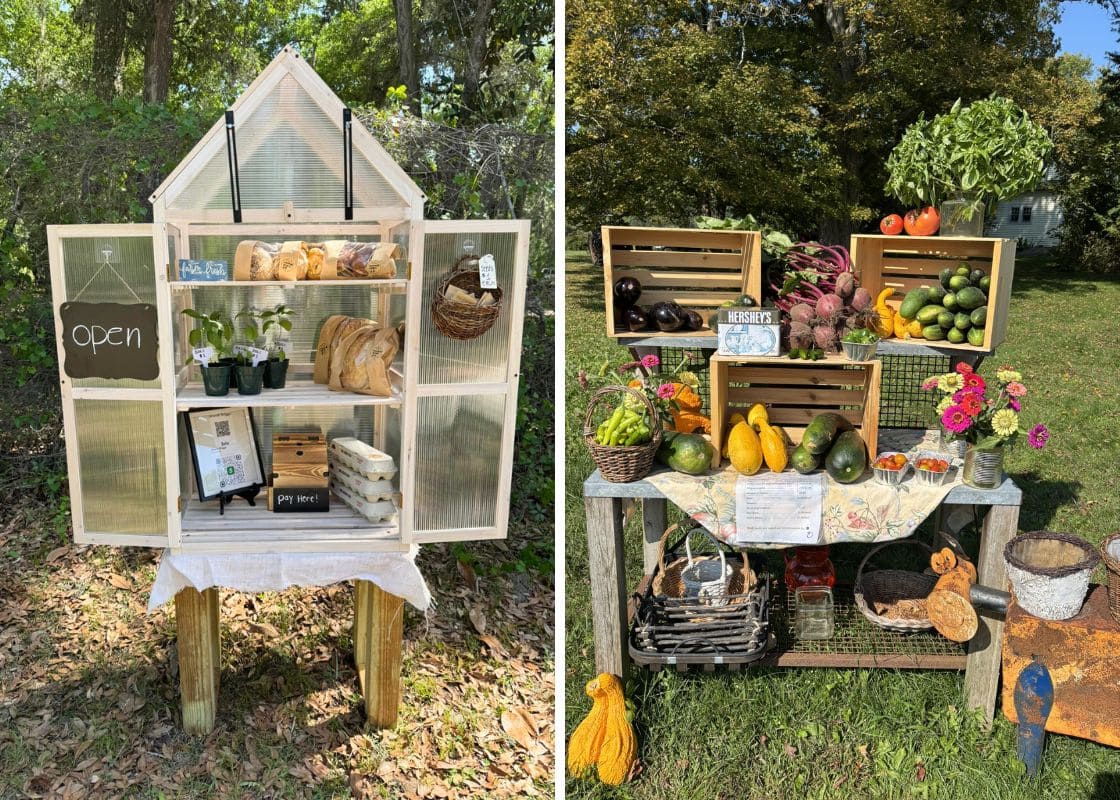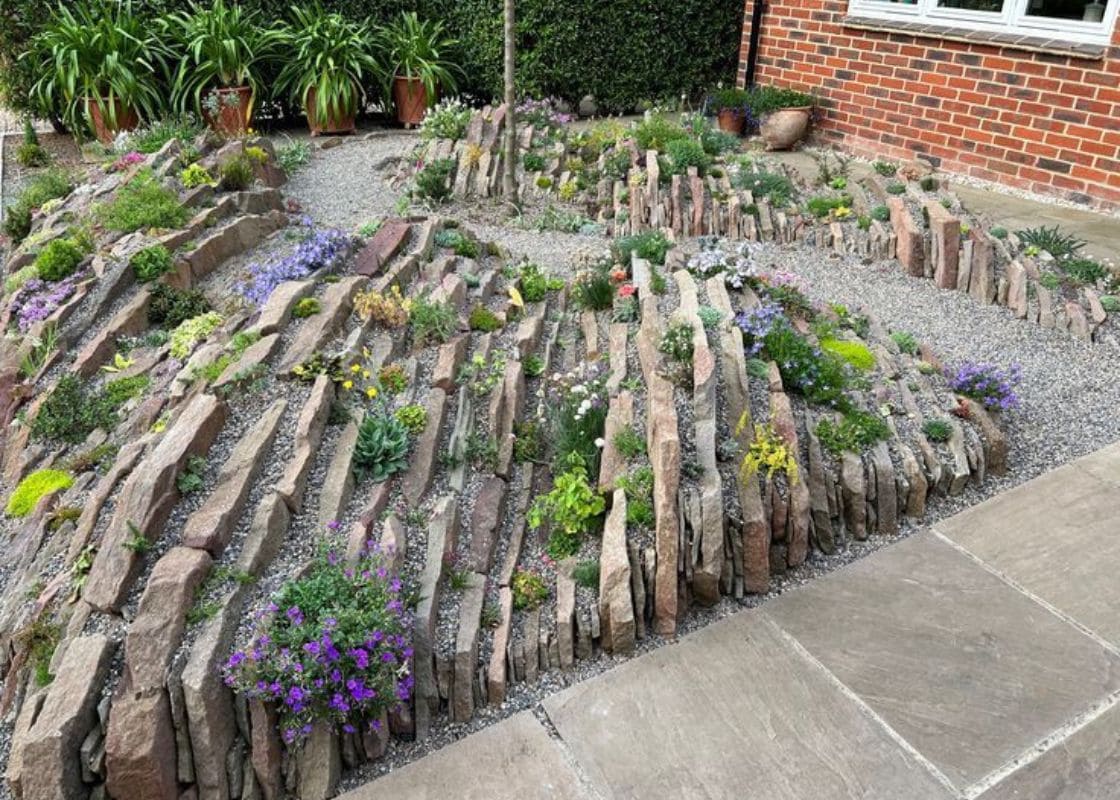Fireflies, once a dazzling hallmark of summer nights, are quietly disappearing. Over the past few decades, their numbers have declined due to habitat loss, light pollution, and pesticide use.
What used to be a magical evening display in gardens and fields has become a rare sight for many. But there’s good news, your garden can help.
By planting species that offer the right shelter, moisture, and nectar, you can create a haven where fireflies thrive once again. These ten beautiful plants don’t just look lovely, they also provide the conditions lightning bugs need to survive and glow.
1. Wild Bergamot (Monarda fistulosa)
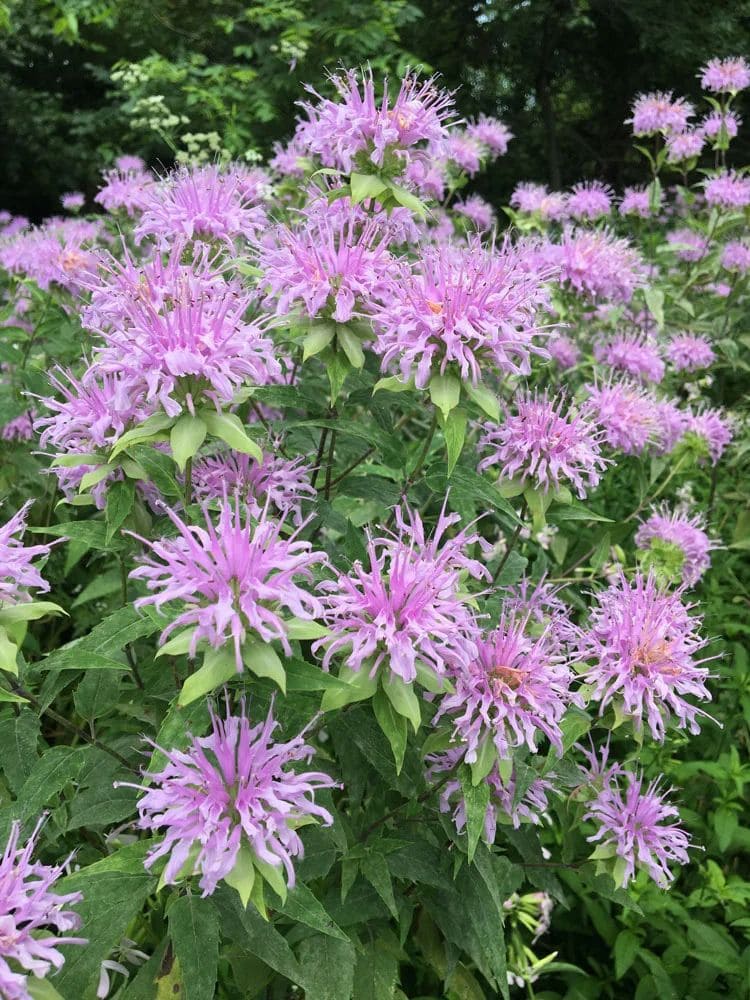
- Botanical name: Monarda fistulosa
- Native range: North America
- USDA zones: 3 to 9
This fragrant native is well-known for its soft, shaggy blooms in pink and lavender tones. Blooming from midsummer into fall, Wild Bergamot thrives in open meadows and sunny borders.
Fireflies are drawn to its rich nectar, especially in the early evening. Its leaves release a spicy mint scent that deters pests, and the plant naturally invites bees, butterflies, and of course, fireflies.
You can easily plant it in a spot with well-draining soil and full sun, it’ll spread with time, forming a lively little firefly buffet.
2. Joe-Pye Weed (Eutrochium purpureum)
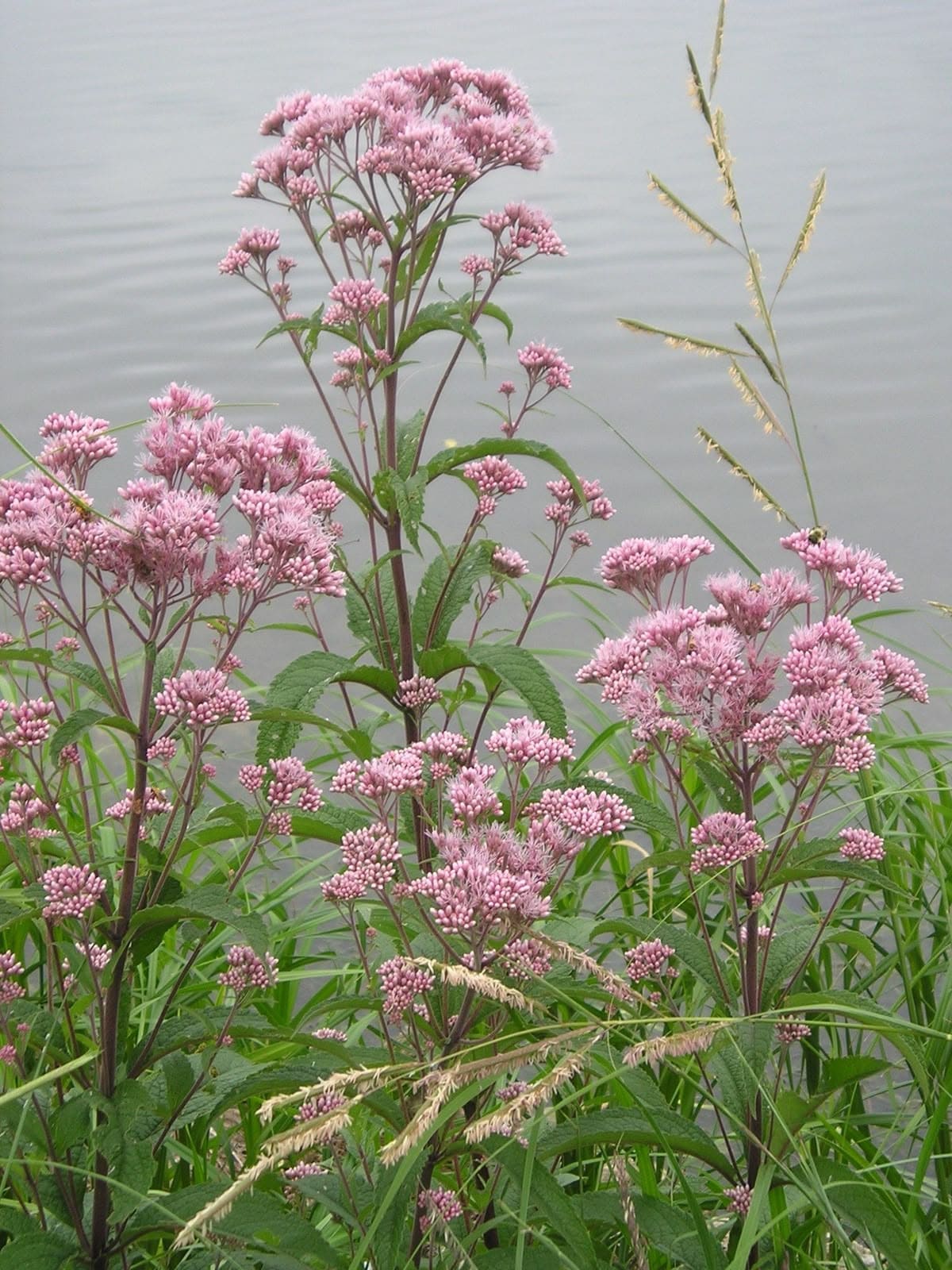
- Botanical name: Eutrochium purpureum
- Native range: Eastern and central U.S.
- USDA zones: 4 to 9
Towering and elegant, Joe-Pye Weed boasts large mauve flower clusters that open in mid-to-late summer. Its height gives fireflies the cover they need to rest during daylight and stage their dazzling light displays by dusk.
It prefers damp soil, so plant it near rain gardens, ponds, or shaded low areas.
Bonus, it’s a magnet for butterflies too, making it a great dual-purpose plant in a pollinator-friendly firefly garden.
3. Black-Eyed Susan (Rudbeckia hirta)

- Botanical name: Rudbeckia hirta
- Native range: Central and eastern U.S.
- USDA zones: 3 to 9
Black-Eyed Susans offer bursts of golden-yellow petals and deep brown centers that bloom all summer long. Their long-lasting flowers not only attract beneficial insects during the day, but they also create an ideal evening landing spot for fireflies.
These hardy perennials tolerate a range of conditions, though they love full sun and well-drained soil.
Let them naturalize a bit, and you’ll see how they become a glowing favorite as dusk settles in.
4. Swamp Milkweed (Asclepias incarnata)
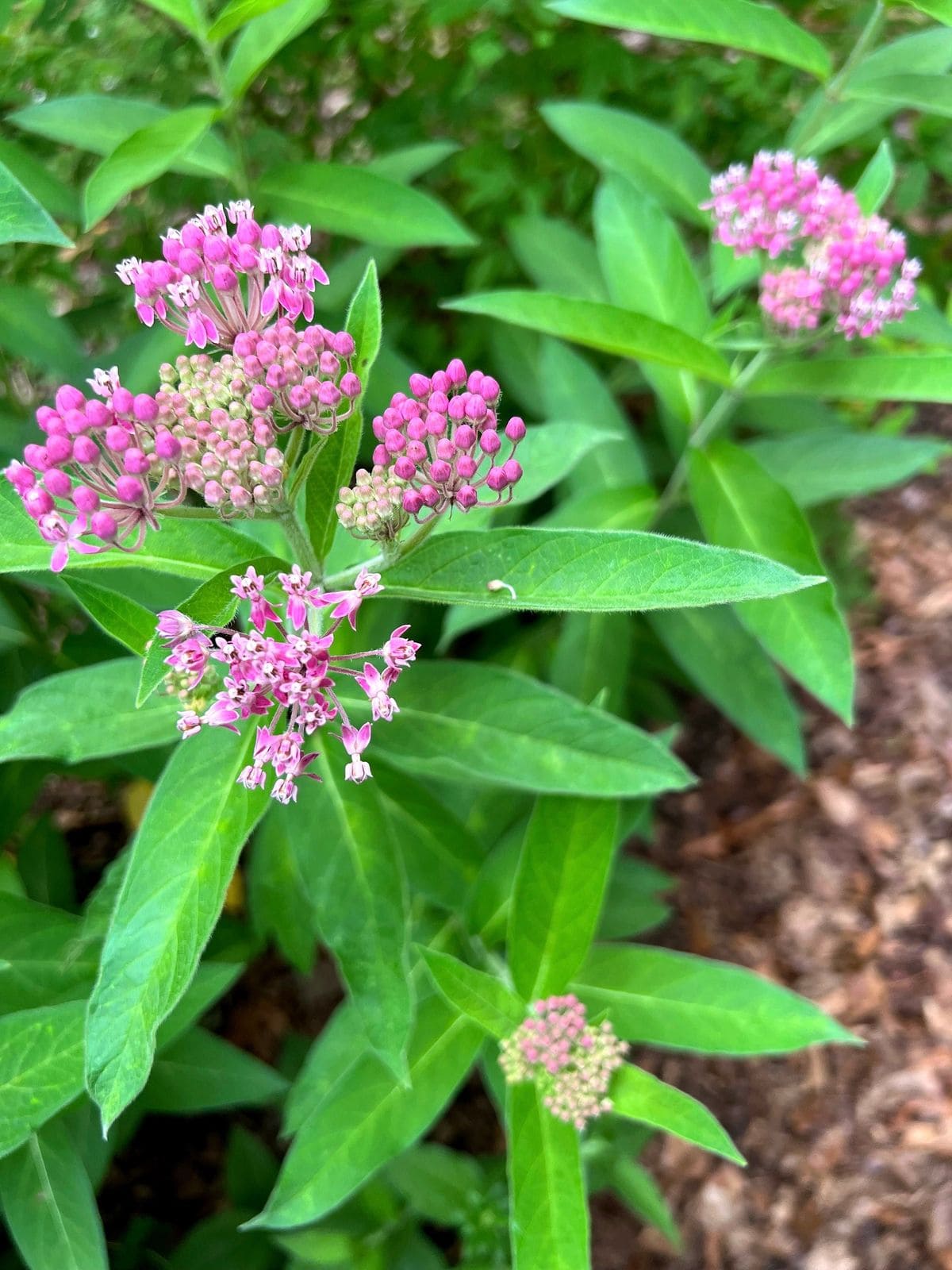
- Botanical name: Asclepias incarnata
- Native range: North America
- USDA zones: 3 to 9
This isn’t just for monarchs. Swamp Milkweed grows in moist soil and produces fragrant, pale-pink flowers during the summer months.
Fireflies find refuge among its dense stems and large leaves, and they enjoy the soft fragrance in the evening air.
You should place it in the wetter part of your yard, and avoid cutting it back until late winter, it provides winter shelter for many garden critters, including firefly larvae.
5. Goldenrod (Solidago spp.)
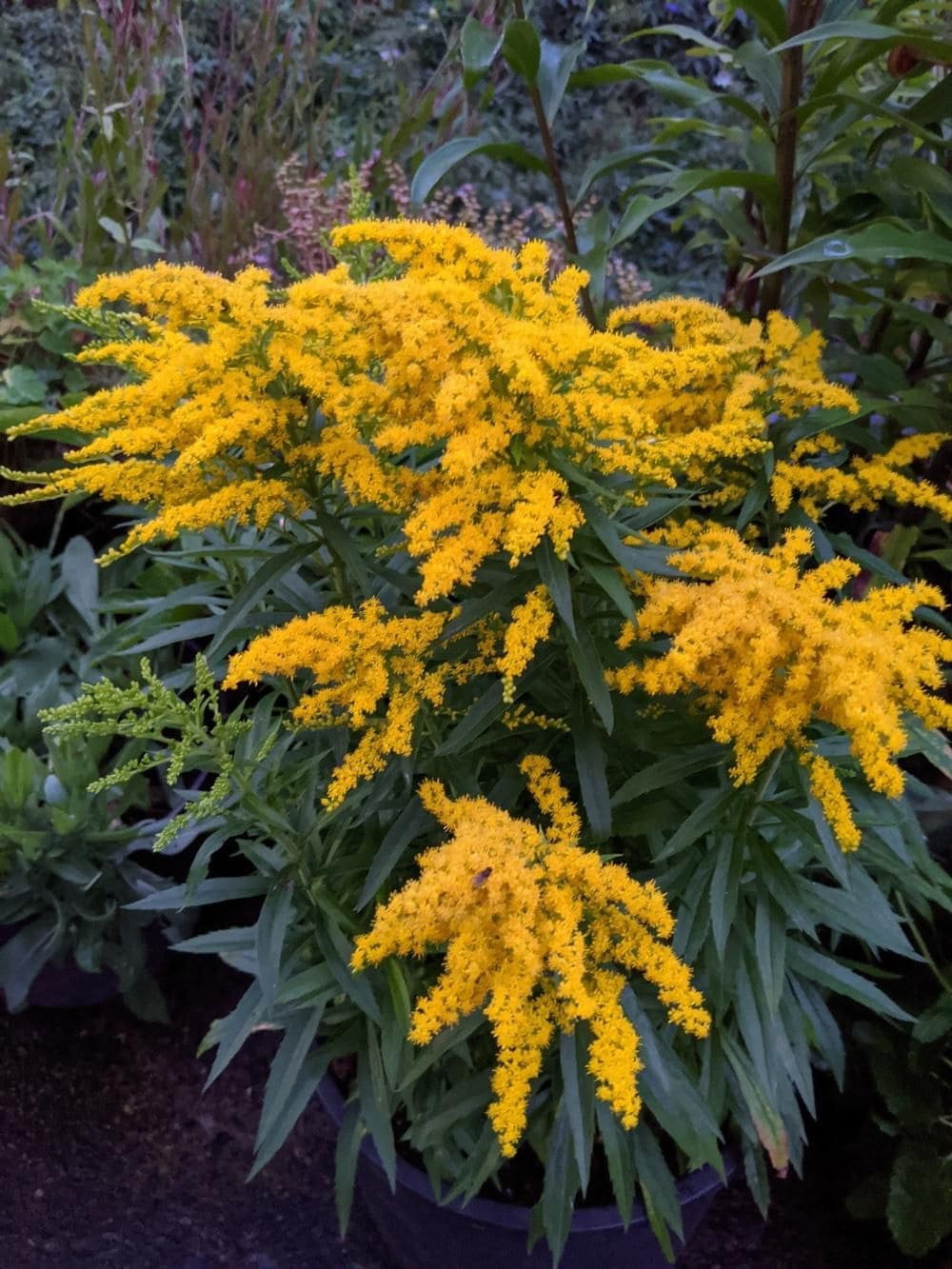
- Botanical name: Solidago species
- Native range: North America
- USDA zones: 3 to 9
Goldenrod bursts into golden fireworks at the end of summer and early fall. This timing aligns perfectly with late-season firefly activity.
Contrary to its bad reputation, goldenrod doesn’t cause allergies, its pollen is too heavy to fly through the air.
Fireflies are drawn to its thick foliage and pollinator appeal. It performs well in most soils and thrives under full sun, requiring minimal care once established.
6. Virginia Creeper (Parthenocissus quinquefolia)
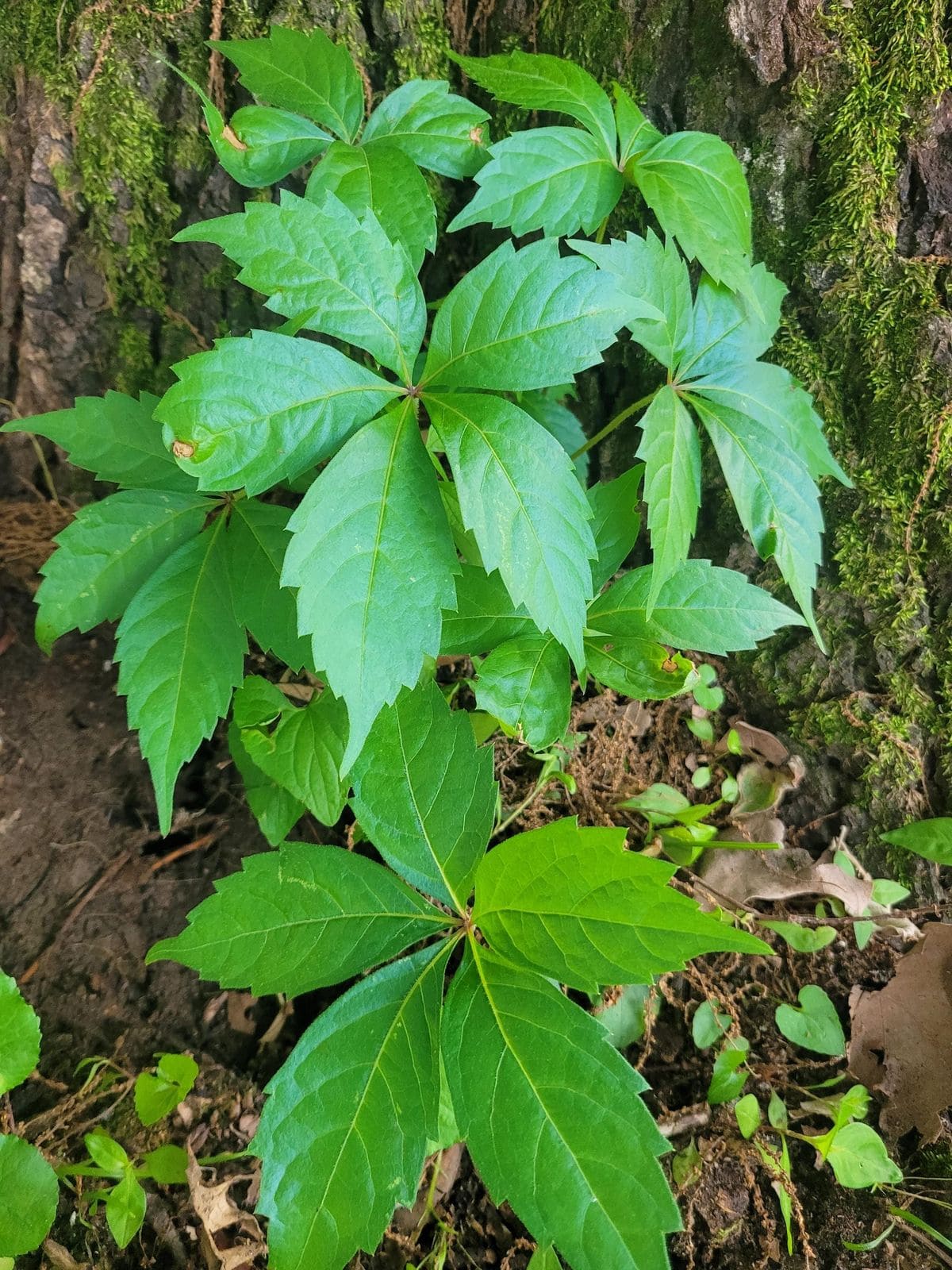
- Botanical name: Parthenocissus quinquefolia
- Native range: Eastern and central U.S.
- USDA zones: 3 to 9
This vigorous vine may not bloom spectacularly, but its dense foliage offers one of the best hiding places for fireflies.
By day, they rest within its thick green layers, and by night, they emerge for their light shows. It’s perfect along fences, walls, or garden arbors where fireflies might roost.
Come fall, its leaves turn a stunning red, adding another visual delight to your landscape.
7. Coreopsis (Coreopsis lanceolata)

- Botanical name: Coreopsis lanceolata
- Native range: Southeastern U.S.
- USDA zones: 4 to 9
Cheerful and easygoing, Coreopsis features daisy-like yellow blooms that last through summer. While they thrive under full sun and tolerate dry spells, their main benefit is in attracting all the right bugs.
Fireflies especially appreciate the layered structure of the plant, which provides shade and moisture near the soil.
Coreopsis also reseeds readily, so you’ll get more glowing guests with less work each year.
8. Maidenhair Fern (Adiantum pedatum)
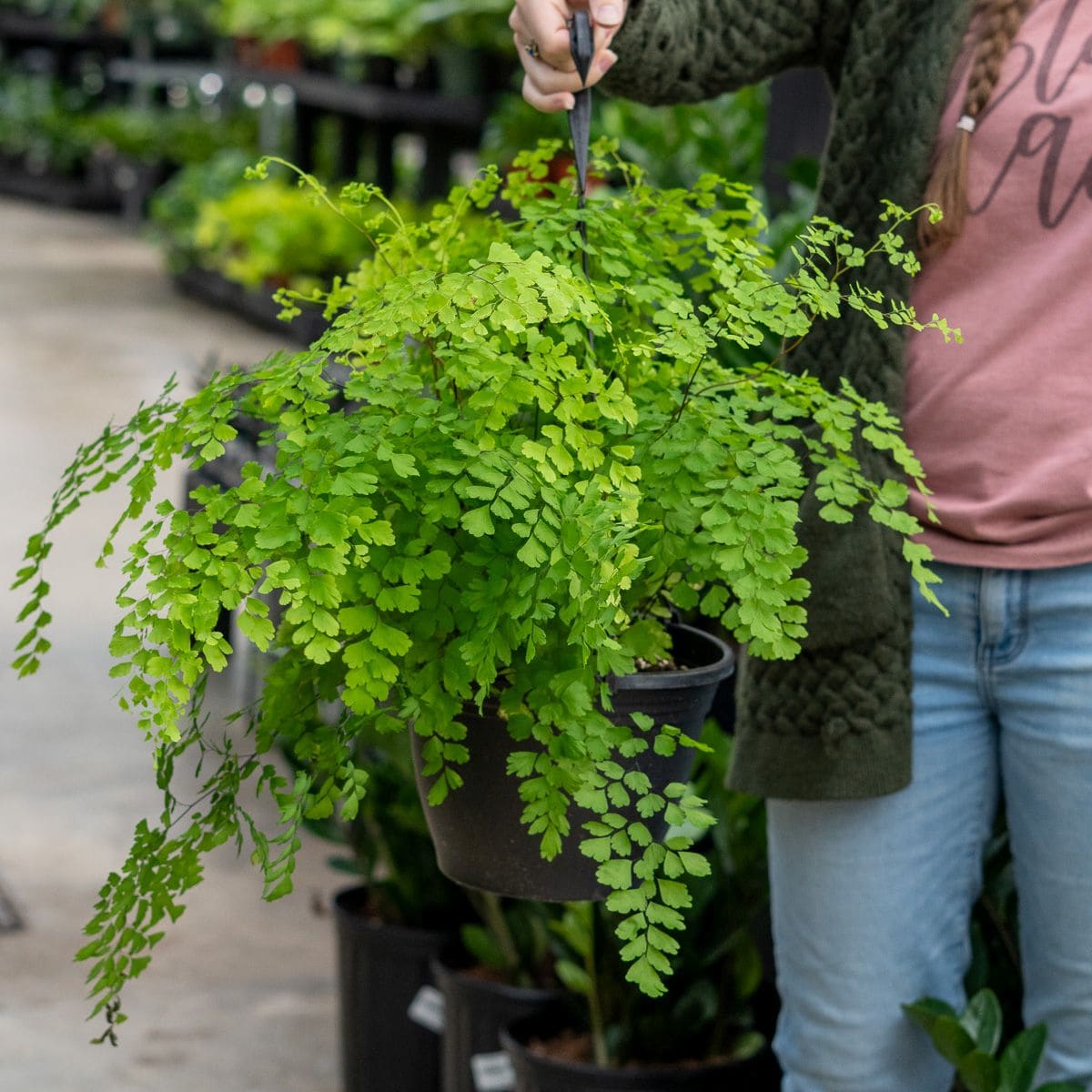
- Botanical name: Adiantum pedatum
- Native range: North America
- USDA zones: 3 to 8
If you have a shady, woodland-style garden, Maidenhair Ferns are perfect. Their delicate, lace-like fronds hold moisture and offer daytime shelter for fireflies.
These ferns prefer rich, moist soil and partial to full shade.
Their presence mimics the understory environment that lightning bugs love in the wild, where humidity and darkness remain longer throughout the day.
9. Wild Strawberry (Fragaria virginiana)
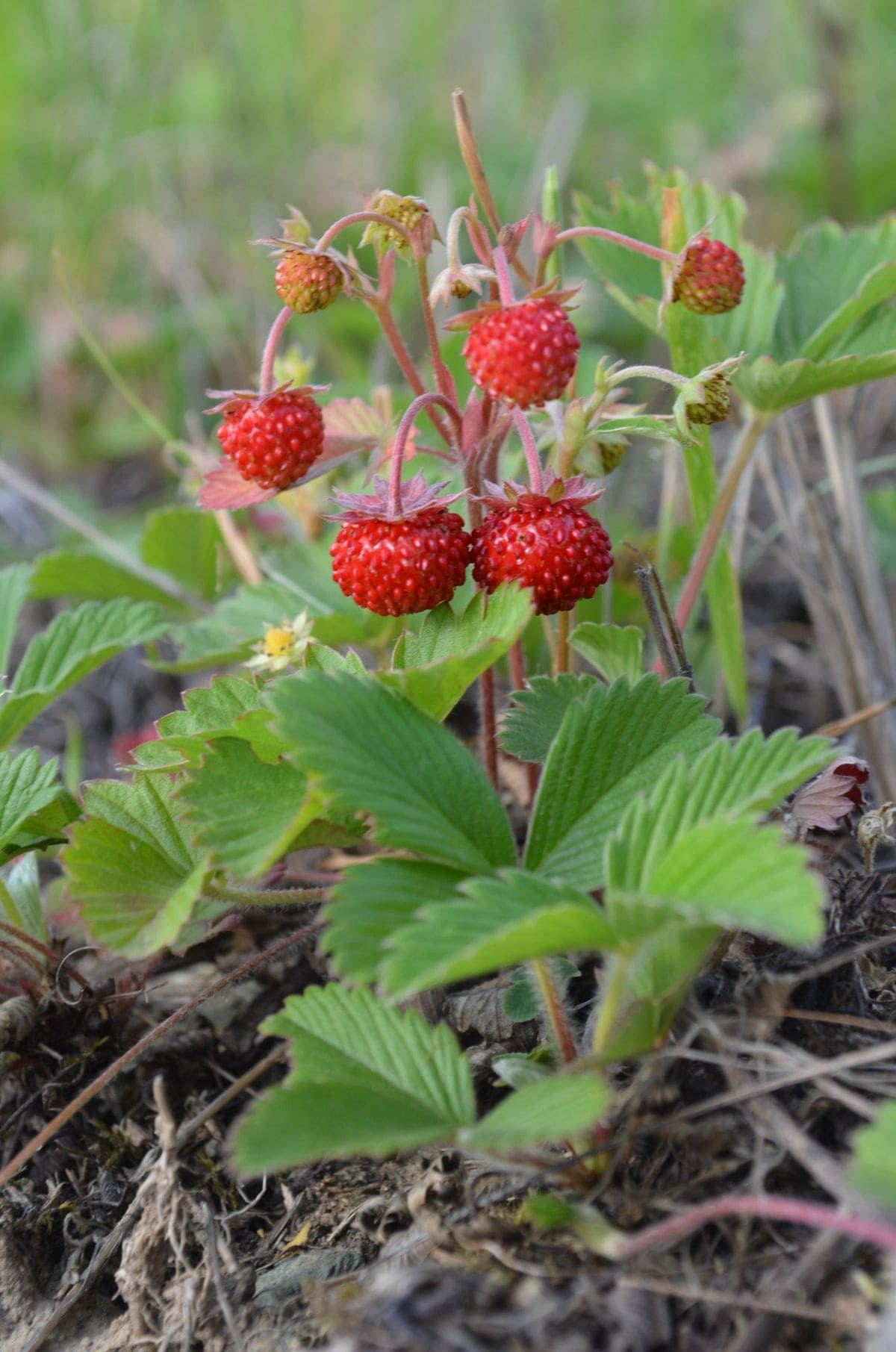
- Botanical name: Fragaria virginiana
- Native range: North America
- USDA zones: 4 to 9
This creeping native covers ground beautifully and helps retain soil moisture, something fireflies love.
With white spring blooms and tiny red berries, wild strawberry adds beauty and function. The dense foliage provides cover for firefly larvae, and the berries feed birds and other wildlife.
You should let it sprawl under taller plants where shade and dew can collect. It’s a sweet groundcover with a wild edge.
10. New England Aster (Symphyotrichum novae-angliae)

- Botanical name: Symphyotrichum novae-angliae
- Native range: Northeastern U.S.
- USDA zones: 4 to 8
New England asters light up the garden just as summer fades, blooming purple and pink well into fall. This late show offers shelter and a last nectar source for many insects, including fireflies.
These perennials prefer sunny spots and moist, loamy soil.
Their height, sometimes reaching five feet makes them great for layering in borders where fireflies can nestle in and glow unseen until night falls.
How to Make Firefly-Friendly Conditions
Beyond choosing the right plants, fireflies need darkness. That means minimizing outdoor lights and letting part of your garden remain undisturbed.
Moist soil, native foliage, and leaf litter create habitat for eggs and larvae. Avoid chemical pesticides and herbicides as fireflies are incredibly sensitive to toxins.
Finally, let logs, rocks, and shady nooks remain as part of your landscape. In essence, a slightly wilder garden is a brighter one.
